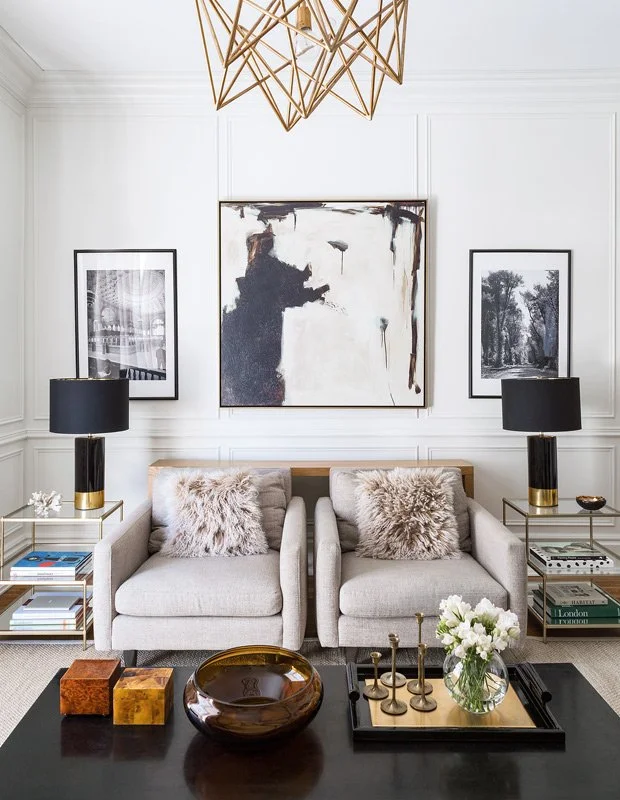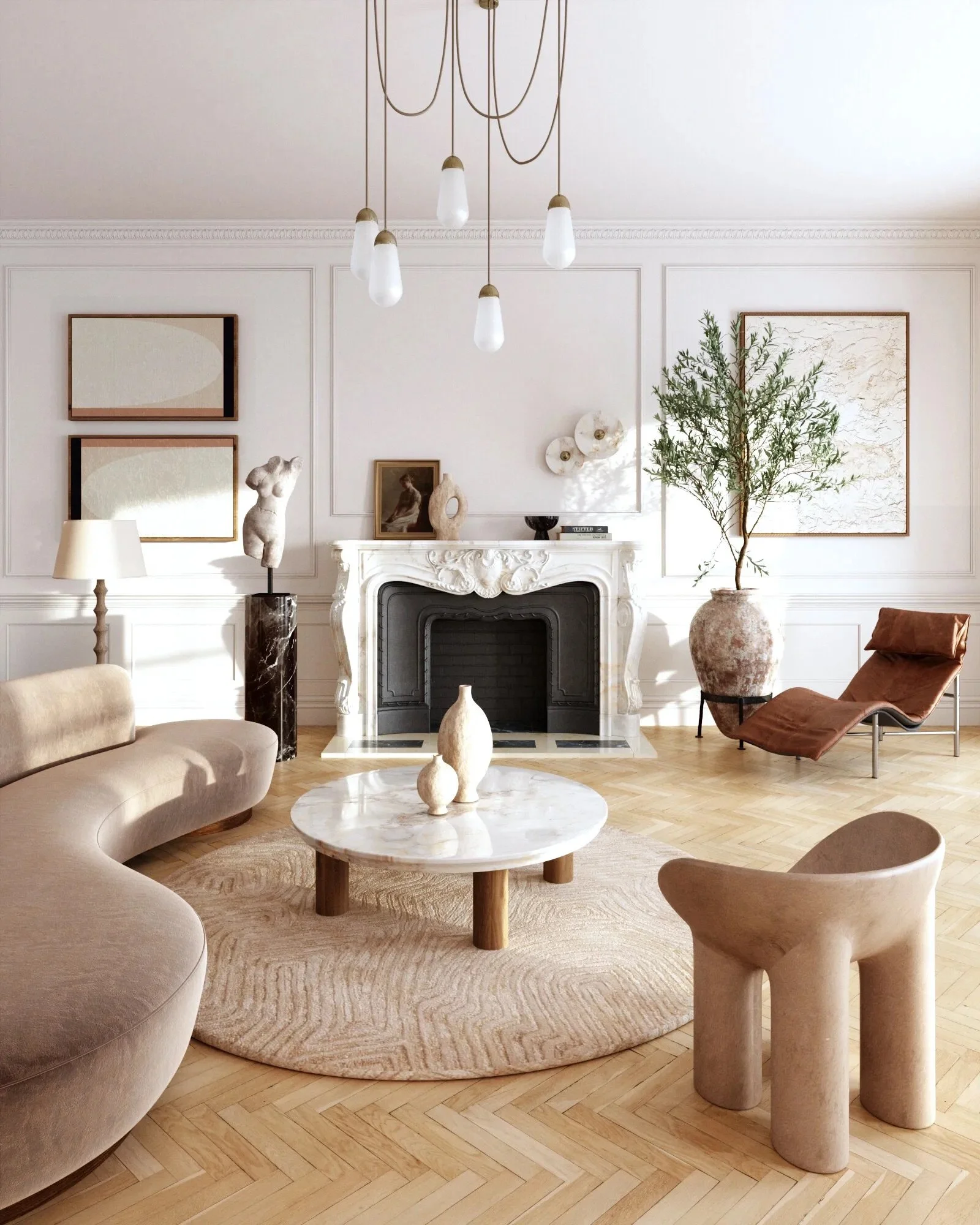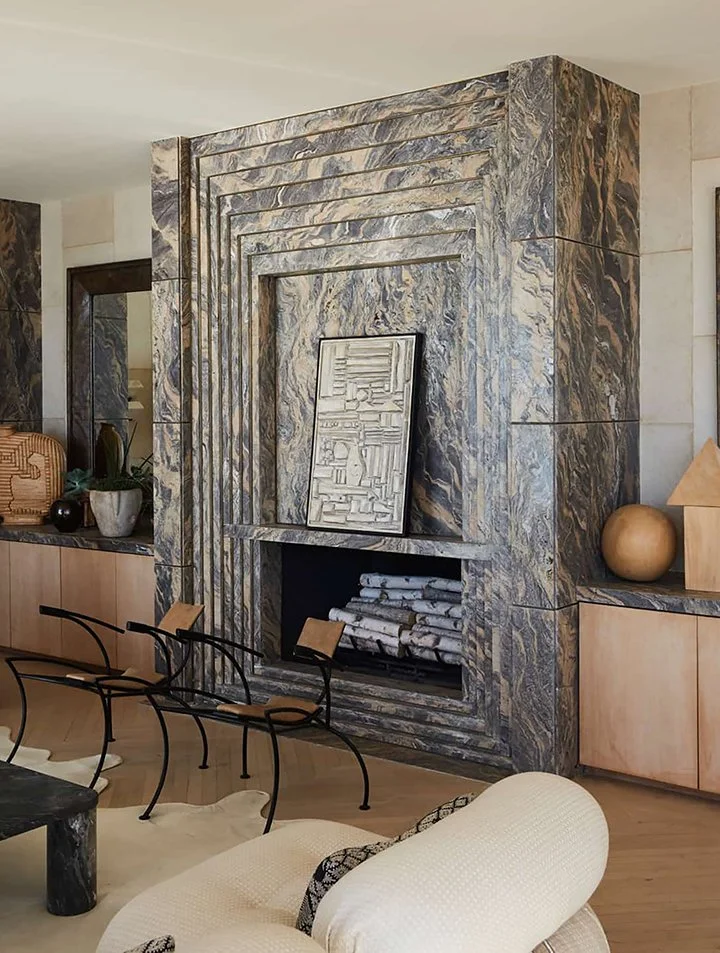5 Tricks to Mix and Matching Interior Design Styles
Have you seen celebrity homes (like Jessica Alba’s) covered in magazines and been drawn in by their beauty? Have you wondered what made their homes so special and stunning?
While access to high-end interior designers certainly helps, anyone can recreate the same magic within their own homes. Jessica Alba’s home expertly mixes French countryside with organic minimalism, bringing a light, fresh, natural feel to her home. It’s this unique combination of styles that creates show-stopping style.
Your home should be a haven that aligns with your sense of beauty. In fact, studies show that being surrounded by things you find beautiful is essential to great mental health! So use these rules as guidelines and celebrities as inspiration, but don’t let anything get in the way of creating the space you love.
Now, how do you mix interior design styles with celebrity success? Follow the next five tips, and you’re sure to craft a show-stopper home of your own design.
I. Pick Your Styles
The first step is to be conscious of the styles you choose. Your choices will help you determine your shared color palette and material options, allowing you to map out your accent pieces.
Some styles are easier to mix than others– but selecting styles that aren’t similar will make your fusion design more noticeable. Contrasting ideas will provide a visual hook and create interest.
For example, try adding vintage or retro elements to a modern look or industrial components to cottage core.
Pick your styles - Source
II. Use the 80/20 Rule as a Guide
Next, pick one of the styles to take the front seat, providing about 80% of your design elements. The second style will fill the remaining 20%. If you choose similar styles, like modern and organic minimalism, you may find that both styles use the same base. You may have a more even split of decor between the two then.
But if you use opposites, like Grand Millennial maximalism with a modern touch, you’ll lean more into one than the other.
Design - Kelly Hopter
III. Coordinating Colors, Patterns, and Materials
You want your styles to be recognizable from each other, but you also want to create a nice blend of the two designs. This will ultimately come down to using color, pattern, and material to bridge the two design aesthetics.
For example, green works great with vintage and dark academia. Wood tones can bring almost any aesthetic together. And patterns like smooth lines, organic curves, or abstract accents can also blend designs.
Colors and materials should coordinate, and keeping options to a limited number will help.
Use your upholstery, rugs, pillows, draperies, ottomans and accessories to apply different textures and patterns in your space.
IV. Neutral Background
A neutral base will give you the most flexibility to play with the details of your blended design. Whites, grays, and beiges won’t distract from the unique story you tell and will let the other elements shine.
Try to stick with warm tones– they chameleon better than cool tones, plus they’ll go better with metal and wood accents.
Neutal - Source
V. Use a Statement Piece
Every great design creates a focal point with something that stands out. This piece can pull your entire design together, giving context to your choices. You can use art, a chandelier, a statement couch, or a custom table!
Kelly Weastler
Source
At Merav Frenkel, we assist our clients in creating the perfect balance of design for their homes. With our clean, modern, and sustainable vision, we will help you create a celebrity-class look at a fraction of the price. Book your consultation today!








